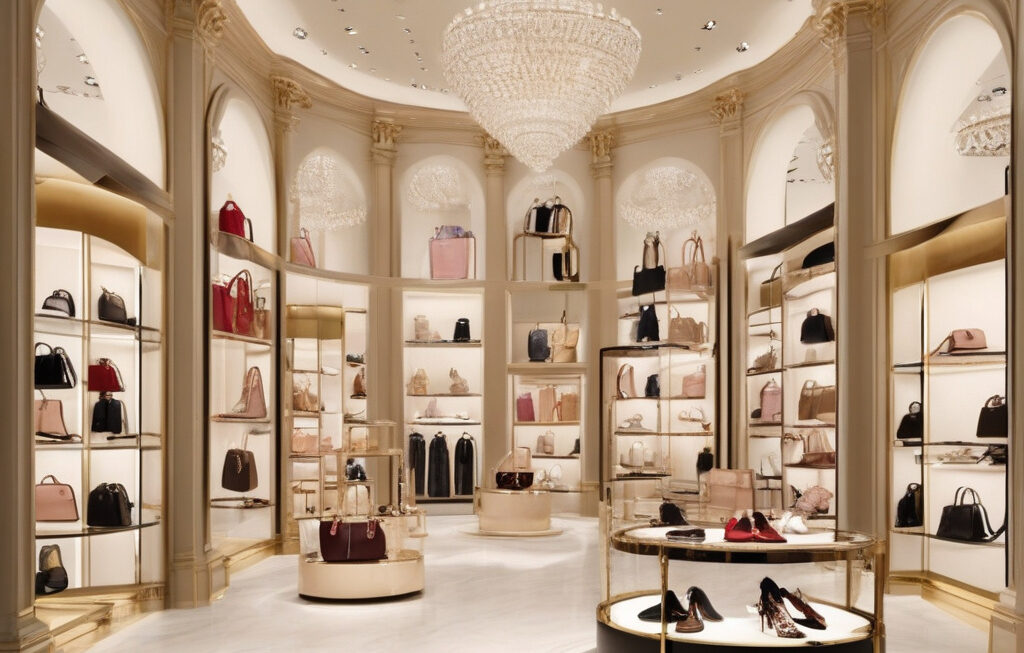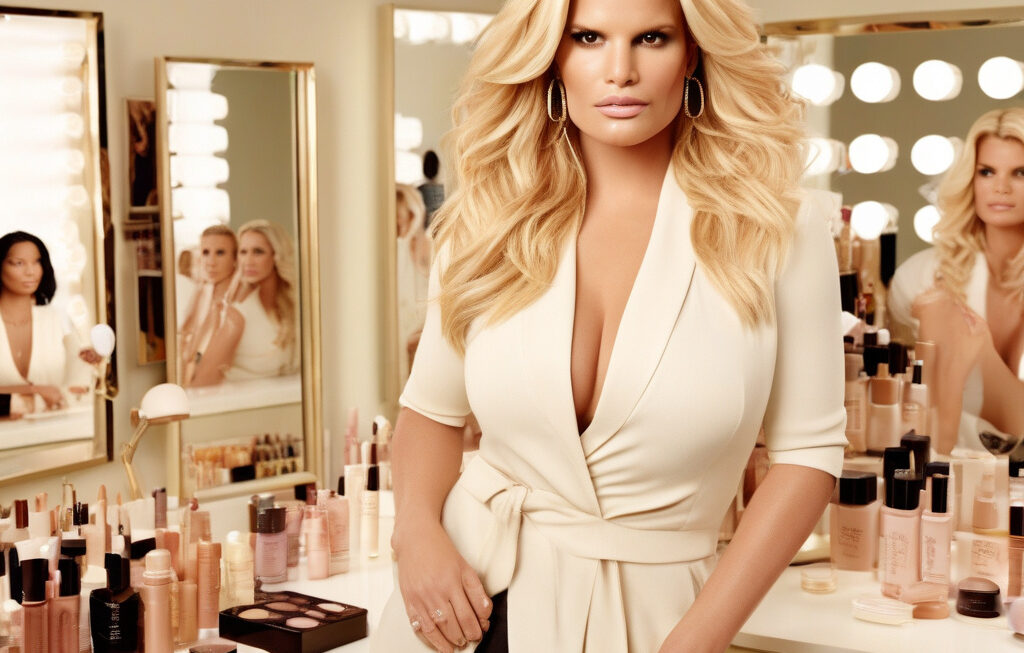Kering Plans to Sell $4 Billion Beauty Division to L’Oréal
In a strategic maneuver set to potentially reshape the landscape of the beauty industry, luxury powerhouse Kering is contemplating the sale of its $4 billion beauty division to industry titan L’Oréal. This proposed deal marks an early and bold move by Kering’s new CEO, Luca de Meo, as he endeavors to steer the luxury giant towards a path of renewed prosperity and growth.
The speculated sale of Kering’s beauty division to L’Oréal carries substantial implications for both entities involved. For Kering, divesting this segment would enable the company to streamline its focus on its core luxury goods business, which includes internationally renowned brands such as Gucci, Saint Laurent, and Bottega Veneta. By shedding the beauty division, Kering aims to concentrate its efforts and resources on further strengthening its position in the fiercely competitive luxury fashion market. Luca de Meo, who assumed the role of CEO in December 2021, is evidently keen on optimizing Kering’s portfolio to drive sustained success and profitability.
On the other hand, the potential acquisition of Kering’s beauty arm would significantly bolster L’Oréal’s already extensive portfolio of beauty and cosmetics brands. With a reported value of $4 billion, the addition of Kering’s beauty division could provide L’Oréal with a strategic advantage in diversifying its product offerings and expanding its market share. This move aligns with L’Oréal’s commitment to innovation and growth, positioning the company to capitalize on emerging trends and consumer preferences in the beauty sector.
The beauty industry has been undergoing rapid transformation in recent years, driven by shifting consumer behaviors and preferences. By strategically acquiring Kering’s beauty division, L’Oréal stands to benefit from the unique brand positioning and market presence of iconic beauty labels under the Kering umbrella. Leveraging the heritage and prestige of these brands, L’Oréal could unlock new opportunities for innovation and collaboration within its beauty portfolio.
Moreover, the proposed sale exemplifies the evolving dynamics of the luxury and beauty sectors, where consolidation and strategic partnerships are becoming increasingly prevalent. As competition intensifies and consumer expectations evolve, companies like Kering and L’Oréal are compelled to adapt their business strategies to stay ahead of the curve. The potential synergy between Kering’s beauty division and L’Oréal’s expertise in beauty and cosmetics could pave the way for exciting new developments in the industry.
In conclusion, the news of Kering’s plans to sell its $4 billion beauty division to L’Oréal signifies a pivotal moment in the trajectories of both companies. For Kering, the proposed divestiture represents a strategic realignment towards its core luxury business under the leadership of CEO Luca de Meo. Meanwhile, L’Oréal stands to gain a significant competitive advantage in the beauty market through the potential acquisition of Kering’s esteemed beauty brands. As the beauty and luxury sectors continue to evolve, this proposed deal underscores the importance of adaptability and innovation in driving sustainable growth and success in an ever-changing market landscape.
luxury, beauty, Kering, L’Oréal, strategy












